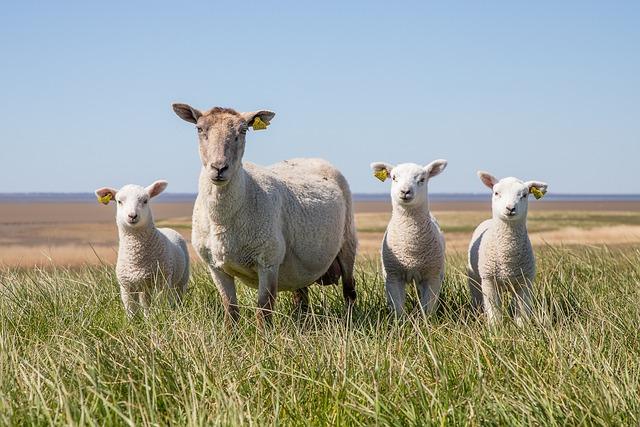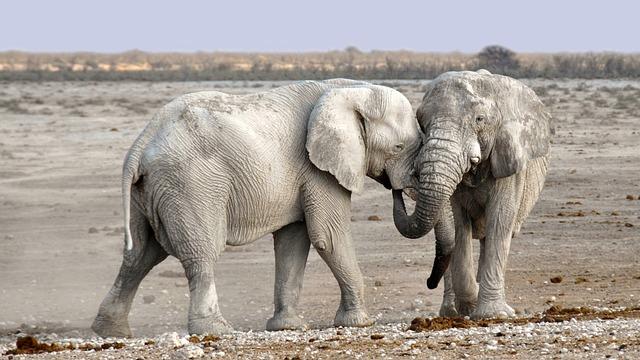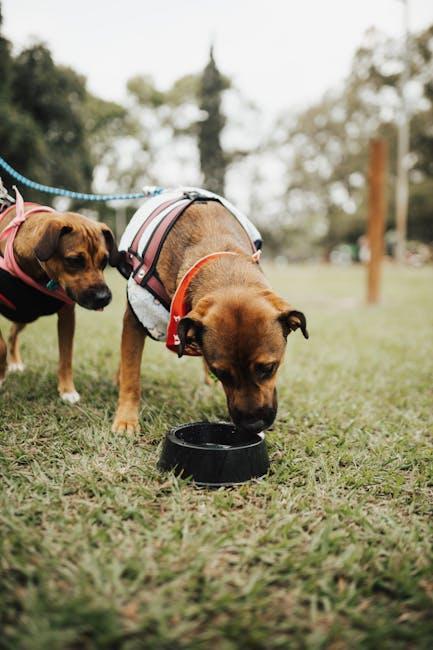Exploring the great outdoors is a cherished pastime for many, and for pet owners, sharing these experiences with their furry companions is a joy like no other. National parks, with their sprawling landscapes and diverse ecosystems, offer an ideal setting for adventure and exploration. However, the presence of pets in these natural sanctuaries raises important questions about environmental impact, safety, and the overall visitor experience. This article delves into the debate surrounding pet restrictions in national parks, aiming to provide a balanced perspective that considers the needs of wildlife, park preservation, and the pet-loving public. As we navigate this discussion, our goal is to equip you with the knowledge to understand why these rules exist and how they can enhance both our outdoor experiences and the well-being of the natural world.
Understanding the Impact of Pets on National Park Ecosystems
While the companionship of a furry friend can enhance our outdoor adventures, it’s crucial to consider the delicate balance of ecosystems within national parks. Pets, though beloved, can inadvertently introduce disruptions to these environments. Their presence may disturb wildlife, from scaring off birds to interfering with the natural behaviors of native animals. Additionally, pets can bring in non-native seeds or pathogens, altering the flora and fauna dynamics in subtle but impactful ways.
- Wildlife Disturbance: Pets can cause stress to local wildlife, leading to altered feeding and mating behaviors.
- Introduction of Invasive Species: Pets may carry seeds or small organisms in their fur, potentially introducing non-native species.
- Waste Management: Pet waste can contribute to nutrient loading in sensitive areas, affecting soil and water quality.
Implementing restrictions on pets in national parks is not about limiting joy but rather about fostering a respectful coexistence with nature. By ensuring that our four-legged companions remain on designated trails or specific areas, we can help protect these precious ecosystems while still enjoying their beauty.
Balancing Pet-Friendly Policies with Conservation Goals
Finding the perfect harmony between allowing pets to explore nature alongside their human companions and safeguarding the delicate ecosystems of national parks can be a challenging task. Conservationists emphasize the importance of protecting native wildlife and preserving natural habitats, while pet owners advocate for the joy and freedom of experiencing the great outdoors with their furry friends. Here are a few considerations to help strike a balance:
- Designated Pet Areas: Establishing specific zones where pets are allowed can help mitigate the impact on sensitive areas while still providing recreational opportunities for pet owners.
- Leash and Waste Policies: Implementing strict leash laws and ensuring waste is properly disposed of can reduce disturbances to wildlife and prevent environmental degradation.
- Education and Awareness: Providing information to visitors about the potential impacts of pets on wildlife can foster a sense of responsibility and encourage more conscientious behavior.
Balancing these priorities requires thoughtful policy-making and collaboration between park authorities, conservationists, and pet enthusiasts. By working together, we can ensure that our national parks remain vibrant and diverse ecosystems, while also accommodating the joys of exploring them with our beloved pets.

Creating a Safe Environment for Wildlife and Pets Alike
When it comes to maintaining harmony between our beloved pets and the delicate ecosystems within national parks, it’s crucial to consider both the safety of wildlife and the well-being of our furry companions. Balancing these needs can be achieved through thoughtful practices that protect all inhabitants of these natural havens. Here are some key considerations:
- Leash Regulations: Keeping pets on a leash ensures they do not disturb local wildlife or stray into dangerous areas, while also preventing encounters that could be harmful to both animals.
- Designated Pet Areas: Many parks offer specific trails or zones where pets are welcome, allowing them to enjoy the outdoors without infringing on sensitive habitats.
- Respect Wildlife: Encourage awareness among pet owners about the importance of maintaining a respectful distance from wildlife, reducing stress and potential harm to both pets and native species.
- Clean-Up Protocols: Promoting responsible waste disposal is essential to keep parks pristine and prevent the spread of disease.
By implementing these practices, we can create a safe, enjoyable experience for everyone involved, ensuring that the natural beauty and biodiversity of our national parks remain unspoiled for future generations to appreciate.

Recommendations for Pet Owners Visiting National Parks
Exploring the natural wonders of national parks with your furry companions can be a delightful experience, but it’s important to ensure that both pets and wildlife remain safe. Here are some key recommendations to consider:
- Research Pet Policies: Before visiting, check the specific pet policies of the national park you plan to explore. Some parks have designated pet-friendly areas, while others might have restrictions to protect sensitive wildlife habitats.
- Leash and Control: Always keep your pet on a leash no longer than six feet. This ensures the safety of your pet, other visitors, and the local wildlife.
- Stay on Designated Trails: Help preserve the natural environment by sticking to marked trails and paths. This prevents unnecessary disturbance to the ecosystem and reduces the risk of encounters with wildlife.
- Clean Up After Your Pet: Carry waste bags and dispose of them in designated trash bins. This simple act helps maintain the cleanliness and health of the park environment.
- Respect Wildlife: Keep a safe distance from all animals and avoid any interactions. Even the friendliest pet can inadvertently cause stress to wildlife.
By following these guidelines, you can ensure a safe and enjoyable visit for both you and your pet while preserving the natural beauty and integrity of our treasured national parks.

